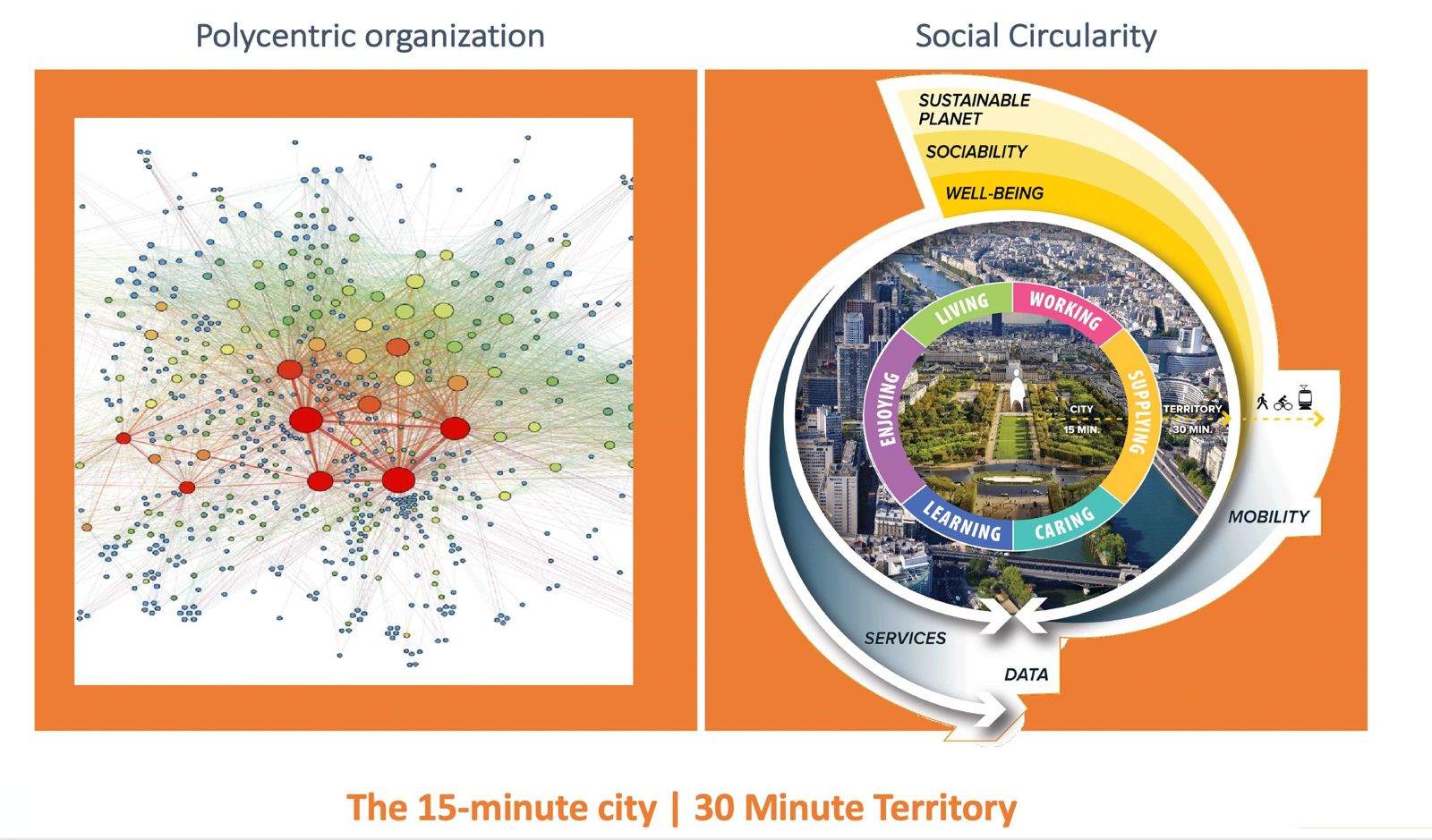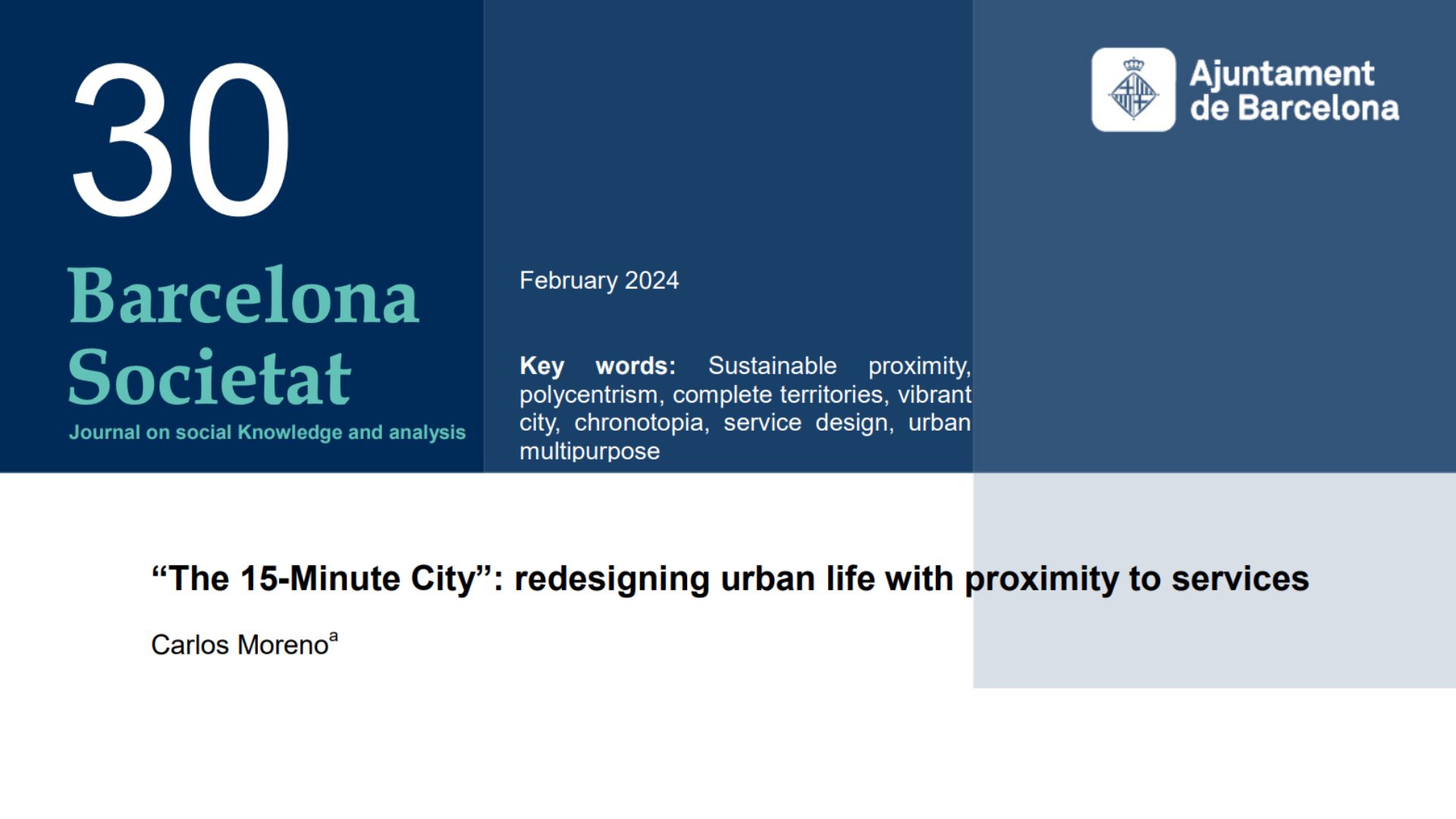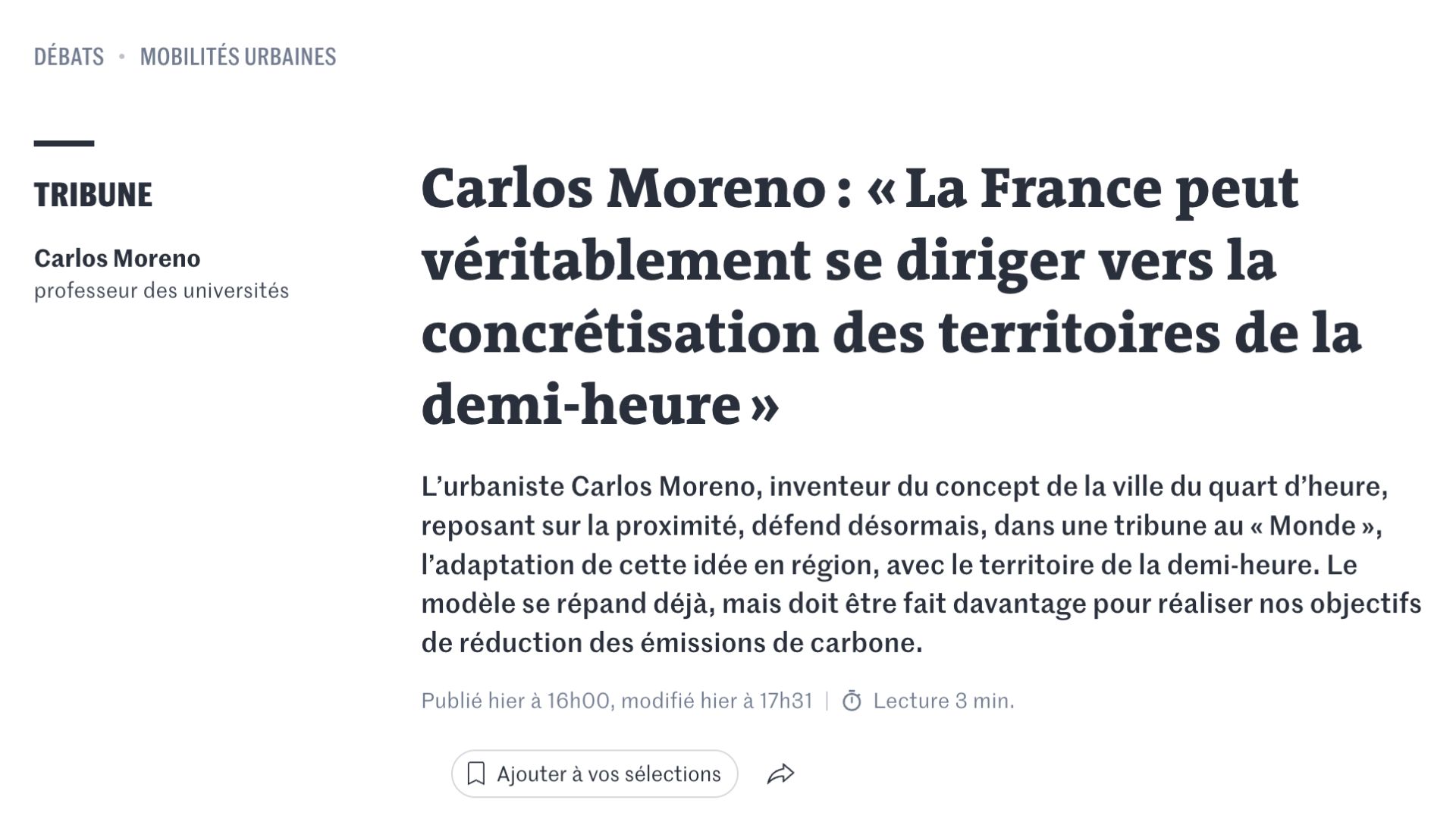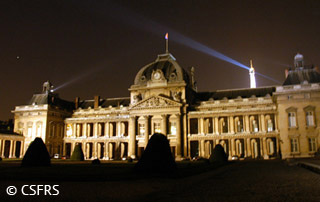 Je profite ainsi de la publication de mon billet du mercredi pour rappeler ce qu’est le CSFRS, et notamment en quoi consiste sa mission de Recherche Stratégique.
Je profite ainsi de la publication de mon billet du mercredi pour rappeler ce qu’est le CSFRS, et notamment en quoi consiste sa mission de Recherche Stratégique.
Pourquoi une Recherche Stratégique ?
Les sociétés complexes dans lesquelles nous vivons, quel que soit le continent où nous nous situons, nous obligent à produire un effort de réflexion et de compréhension particulier pour parvenir à une projection à moyen et long termes.
Bouleversements structurels à l’échelle de la planète, basculement du monde vers de nouveaux centres de pouvoir économique et de régulation, changements de paradigme sociétaux : se projeter dans le futur, celui que appelons l’ « horizon prévisible à 10 ans », revêt aujourd’hui une importance capitale.
La Recherche Stratégique a pour mission de repérer les menaces et les opportunités qui se dégagent de ce nouveau contexte mondial et de traiter en amont, par une approche collective, ce que nous nommons « les signaux noirs ». Ceux-ci exigent que nous portions un regard différent, voire décalé, sur le monde actuel et que nous développions une réflexion transverse approfondie, afin d’anticiper les ruptures et les mutations en profondeur.
Cette réflexion stratégique porte aussi, pour reprendre une expression utilisée lors de cette première réunion, sur ces « crises silencieuses et lentes » qui traversent en permanence nos vies, nos environnements et nos interactions – et qui ne deviennent visibles et bruyantes que lorsqu’il est déjà trop tard pour les endiguer.
Il s’agit ainsi, par un effort majeur de réflexion collective, d’identifier les axes stratégiques sur lesquels des ruptures sont susceptibles de se produire – faisant advenir l’imprévisible et transformant radicalement le monde en un « avant » et un « après ». La transdisciplinarité a pour but de construire de nouveaux couplages, de nouvelles associations faisant émerger des hypothèses de prévision pour anticiper le monde de demain.
Focus sur le Conseil Scientifique du CSFRS
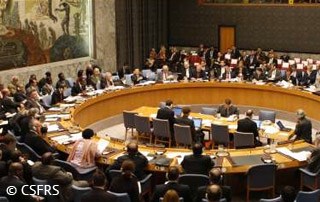 Le CSFRS a été créé par le Président de la République Française en 2009 et tire sa feuille de route des plus hautes autorités de l’Etat. Mandaté par le Conseil d’Administration, le Conseil Scientifique réunit une centaine d’experts de haut niveau. Notre réflexion a pour but d’apporter aux autorités une vision sur leurs axes d’action stratégiques.
Le CSFRS a été créé par le Président de la République Française en 2009 et tire sa feuille de route des plus hautes autorités de l’Etat. Mandaté par le Conseil d’Administration, le Conseil Scientifique réunit une centaine d’experts de haut niveau. Notre réflexion a pour but d’apporter aux autorités une vision sur leurs axes d’action stratégiques.
Au-delà – et c’est la démarche intrinsèque de ce Conseil Scientifique – il s’agit de se « donner une âme » en termes de perspectives stratégiques et de transdisciplinarité, et pour cela de rompre des barrières, décloisonner, tisser des liens, s’ouvrir et contribuer ainsi à une dynamique de créativité, de réflexion et de construction collective.
Les membres du Conseil Scientifique sont répartis en 10 sections, qui touchent tous les domaines de nos vies. J’ai intégré pour ma part la Section II, intitulée « Risques et atouts sociétaux et sociaux : cohésion et pérennité », en cohérence avec mes travaux de recherche sur nos vies et nos villes – thématique que je développe depuis quelques temps déjà, notamment avec ma vision « Vivre dans une Ville vivante ».
Mon apport sera fidèle à la démarche de transversalité qui caractérise l’approche par la complexité que je porte. Je participe ainsi volontiers au brassage et à l’altérité indispensables pour contribuer à cerner les menaces et les risques qui pèsent sur votre avenir.
First plenary meeting of the Scientific Council of the CSFRS
The first plenary meeting of the renewed Scientific Council of the High Council for Strategic Education and Research was held this Tuesday, 2 July at the Ecole Militaire in Paris. I had the honour of participating in it as one of the newly elected members.
 I will therefore devote my Wednesday column to a brief refresher on the CSFRS, with a particular focus on what its strategic research mission is all about.
I will therefore devote my Wednesday column to a brief refresher on the CSFRS, with a particular focus on what its strategic research mission is all about.
Why do we need strategic research?
No matter which continent we live on, the complex societies in which we live require us to make a particularly intensive reflective effort to comprehend the world in order to arrive at a medium- and long-term projection.
With the world’s structural upheavals and lurch towards new centres of economic and regulatory power, accompanied by societal paradigm shifts, it is of paramount importance today to project ourselves into the future – the future we call the “foreseeable ten-year horizon”.
The mission of Strategic Research is to identify the threats and opportunities that are emerging from this new global context and deal with what we call “the black signals” through a proactive collective approach. These signals require that we adopt a different or shifted perspective on today’s world and that we engage in in-depth transdisciplinary reflection in order to anticipate the underlying ruptures and transformations.
This strategic reflection must also focus on those “silent and slow crises” – to borrow a phrase used during our first meeting – that are continually traversing our lives, environments and interactions – and which only become visible and blatant when it is already too late to hold them in check.
The objective then is to identify, through a major effort of collective reflection, the main strategic lines along which ruptures are likely to occur – causing the unpredictable to happen and radically transforming the world into a “before” and an “after”. The goal of the transdisciplinary approach is to build new linkages and associations from which hypothetical forecasts will emerge so that we can better anticipate the world of tomorrow.
Focus on the Scientific Council of the CSFRS
 The CSFRS was created by the President of the French Republic in 2009 and derives its roadmap from the State’s highest authorities. Appointed by the Board of Directors, the Scientific Council brings together a hundred or so high-level experts. The goal of our reflection is to provide the authorities with perspective on their main lines of strategic action.
The CSFRS was created by the President of the French Republic in 2009 and derives its roadmap from the State’s highest authorities. Appointed by the Board of Directors, the Scientific Council brings together a hundred or so high-level experts. The goal of our reflection is to provide the authorities with perspective on their main lines of strategic action.
In addition – and this is its intrinsic approach – the Scientific Council must express its “inner convictions” in terms of strategic and transdisciplinary perspectives by breaking down barriers, decompartmentalising, forging links and promoting openness, thus contributing to a dynamic process of creativity, reflection and collective construction.
The members of the Scientific Council are divided into 10 sections affecting all areas of our lives. Personally, I joined Section II, entitled “Social and Societal Assets and Risks: Cohesion and Sustainability” in keeping with my research work on our lifestyles and cities – a theme I have been working on for some time already, notably through my perspective on “Living in a living city”.
My contribution will be faithful to the transversal approach that characterizes the complexity-oriented approach I espouse. I am a willing participant in the intermixing and alterity that are indispensable to help identify the threats and risks weighing on our future.
